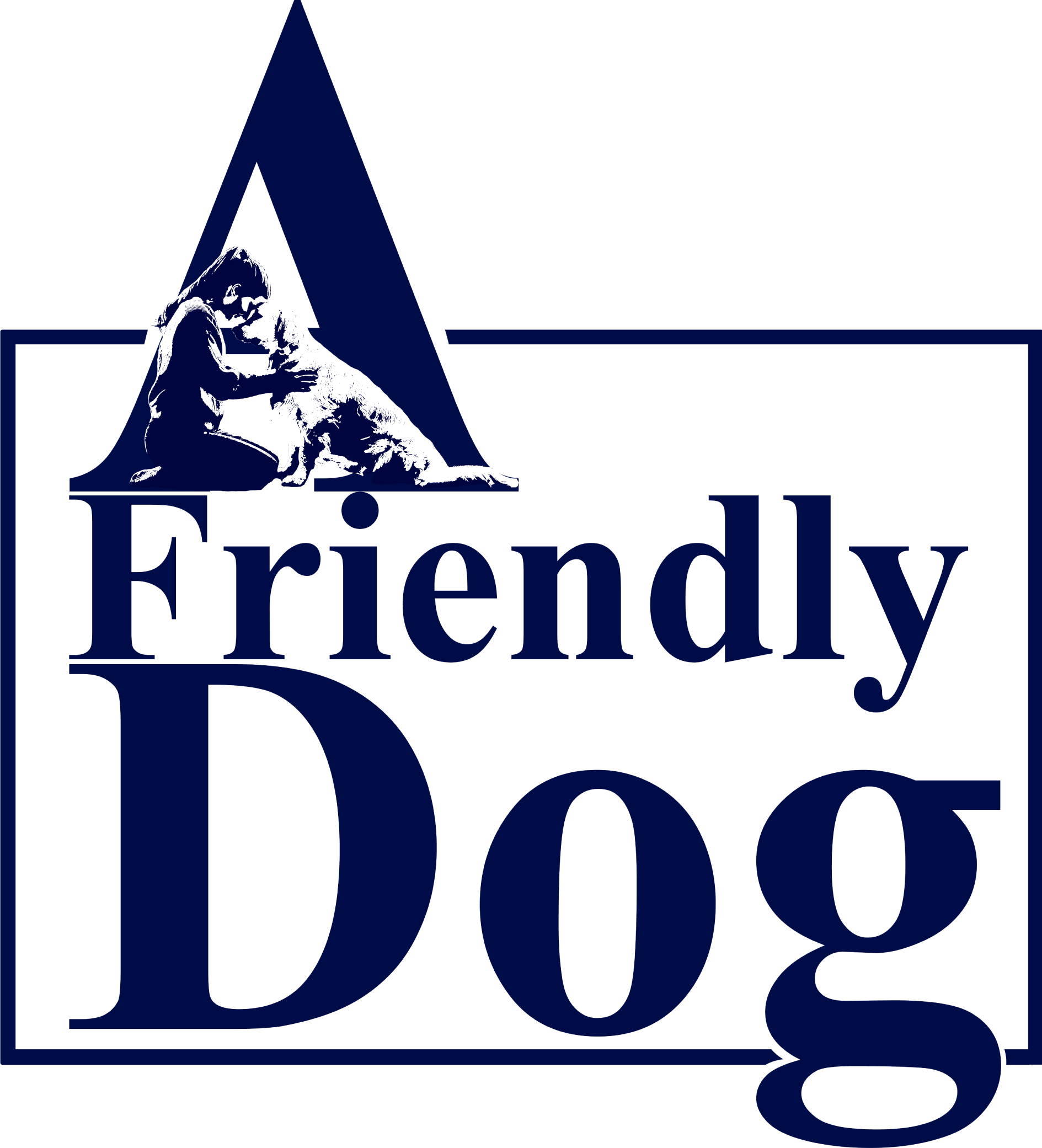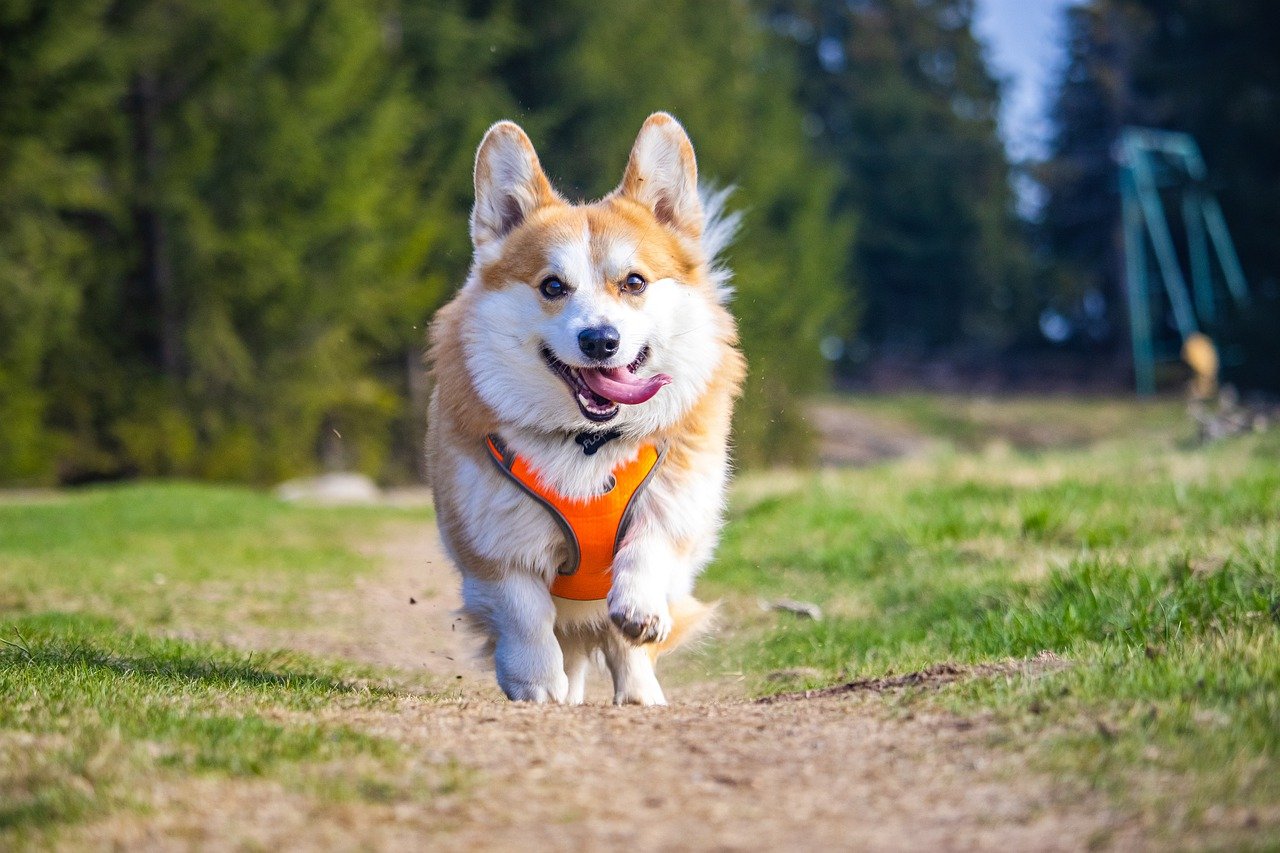Perhaps the most confusing facial expression in dogs is smiling. Yes, dogs can smile, and if you’re not familiar with this expression, it can be quite intimidating. Usually, when dogs bare their teeth, it serves as a warning, as if they’re saying, “Look at my weapons.” It’s hard to mistake the aggressive intention of a snarl, especially when accompanied by a menacing growl. In this case, the corners of the dog’s lips form a C shape, and their front teeth are fully displayed.
On the other hand, smiling dogs also display their front teeth, but the meaning is completely different. This expression, known as a submissive grin, is often seen on a happy dog with a relaxed and wiggly posture. The overall attitude of the dog says, “Hello, I come in peace.” So, if you see your dog with a smile, it’s a positive and friendly gesture.
You can gain valuable insights into your dog’s emotional state by observing their eyes. Firstly, a dog’s eyes can exhibit either a soft or hard appearance. Soft eyes are characterized by relaxed lids and may even appear slightly squinted. These indicate that the dog is in a calm and contented state. Opposite to this, hard eyes give off a cold and distant impression. They suggest a negative state of mind, such as when the dog is guarding a toy or feeling aggressive. Additionally, a prolonged and intense gaze, known as a hard stare, often signifies a potential threat.
Eye contact holds significant meaning for dogs. Similar to the hard stare, avoiding eye contact is a way for dogs to diffuse tension and promote a sense of calm. When dogs feel stressed, they deliberately avert their gaze and avoid making eye contact. Although some people may interpret this behavior as their dog ignoring them or being stubborn, it is actually the dog’s way of expressing discomfort.
The whites of a dog’s eyes can reveal a lot about their emotions. Referred to as “whale eye,” this occurs when a dog feels anxious or stressed in a particular situation. You may notice this when you unintentionally make your dog uncomfortable, such as patting them on the head, or when they fear someone might take away their bone or toy.
Remember, these body language signals in dogs should not be considered individually. They are all interconnected and form a complete package. So, when interpreting a dog’s communication, pay attention to every signal, including the height of their tail and the shape of their eyes.
Your furry friend is constantly “talking” to you. By understanding what your dog is trying to convey, you can establish a stronger bond of trust and respect. Moreover, this newfound comprehension of your dog’s emotional state will enable you to anticipate their behavior and prevent any potential issues from arising.

